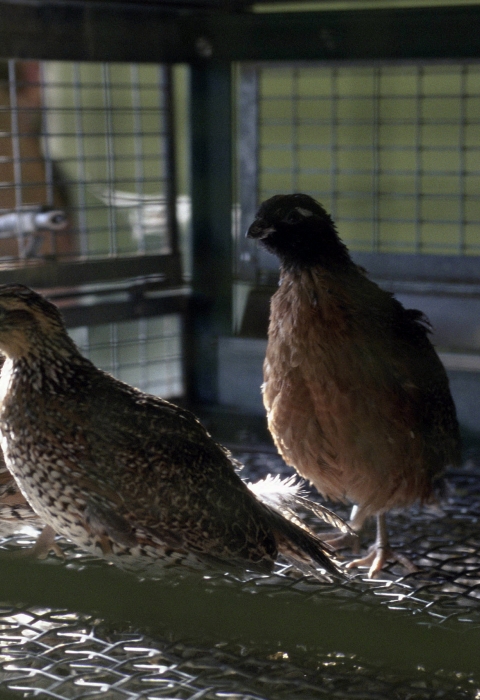The U.S. Fish and Wildlife Service is requesting updated information on the status of 23 species protected under the Endangered Species Act in Arizona, New Mexico, Oklahoma and Texas. The information will be used in reviews to ensure the species’ current classifications as threatened or endangered are accurate.
Each review will result in a recommendation to maintain or change the species’ classification, as well as in identifying information needs and priority actions for subsequent reviews. Any change in Federal classification would require a separate rule-making process distinct from the status review with an opportunity for further public input.
The Service is asking the public to provide any new information concerning the status of these species including biology, habitat, conservation measures, threats, and any other new data or information. The Service always welcomes new information regarding any endangered species; however, in order to be considered for these status reviews, information must be submitted by May 12, 2009. More information can be found on the internet at http://www.fws.gov/policy/library/E9-2885.pdf.
The species under review include several endangered plants and animals including ashy dogweed, Canelo Hills ladies’-tresses, Comanche Springs pupfish, Davis’ green pitaya, Gila chub, Gulf Coast jaguarundi, Huachuca water-umbel, Koster’s springsnail, Little Aguja (=Creek) pondweed, masked bobwhite (quail), Mexican long-nosed bat, Nellie cory cactus, Noel’s amphipod, Pecos assiminea snail, Pecos gambusia, Roswell springsnail, Texas poppy-mallow, and Zapata bladderpod; as well as several threatened plant and animal species including Arkansas River shiner, bunched cory cactus, Chisos Mountains hedgehog cactus, Lloyd’s Mariposa cactus, and Navajo sedge.
“This is an opportunity for the scientific community and the public to actively engage in the evaluation of the status of our nation’s threatened and endangered species,” said Benjamin N. Tuggle, Ph.D., the Service’s Southwest Regional Director.
In order for new information to be considered, it should be supported by documentation such as maps, bibliographic references, methods used to gather and analyze data, and copies of pertinent publications, reports, or letters by knowledgeable sources. The addresses for sending in new information can be found in the Federal Register notice at http://www.fws.gov/policy/library/E9-2885.pdf.
Categories of information requested include:
-
Species biology, including population trends, distribution, abundance, demographics, and genetics.
-
Habitat conditions, including amount, distribution, and suitability.
-
Conservation measures that have been implemented that benefit the species.
-
Threat status and trends.

